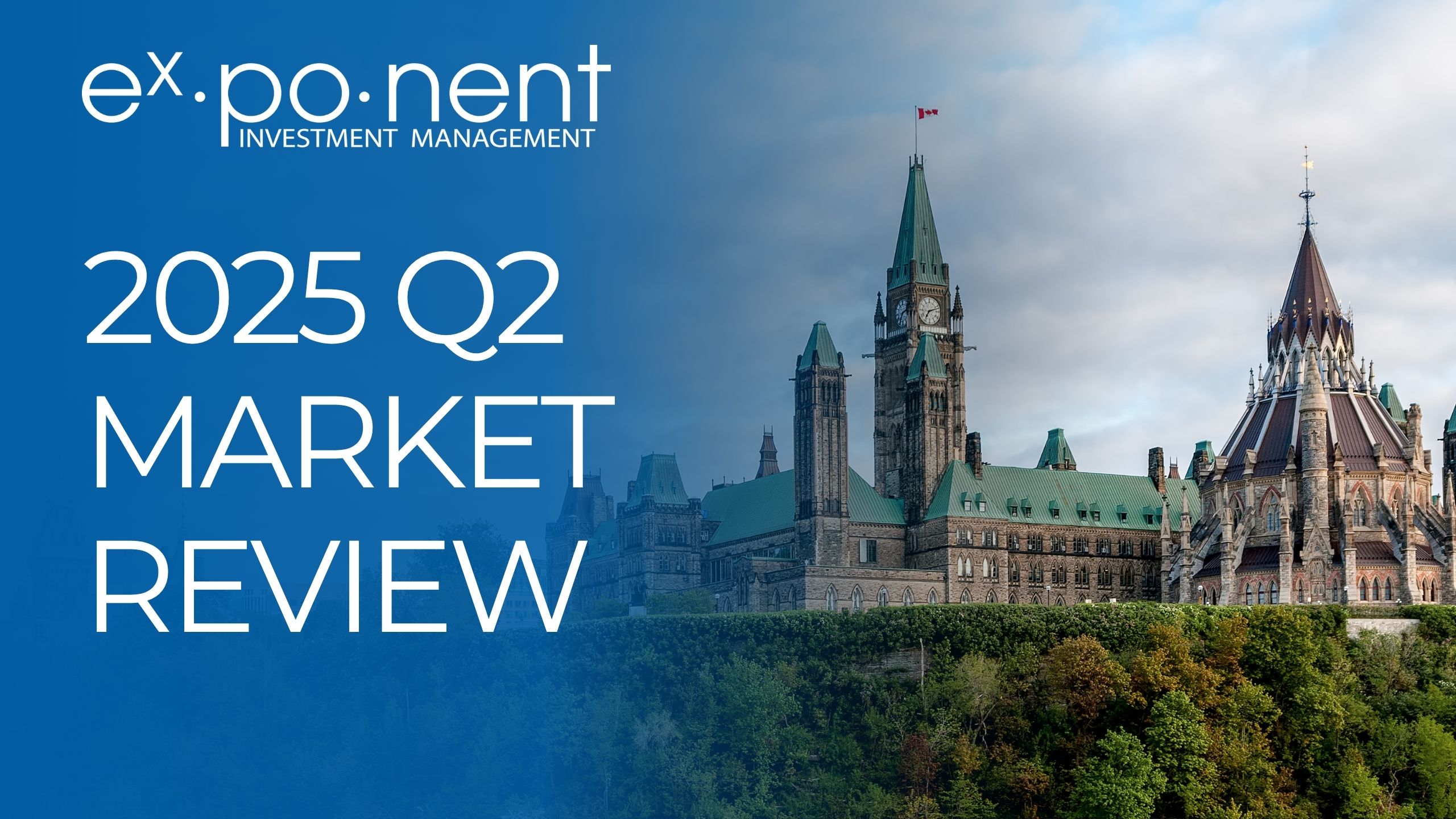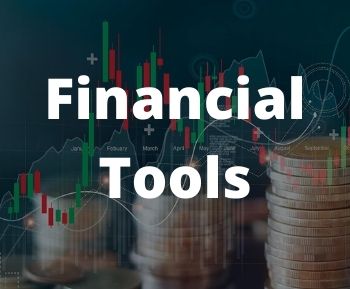Overview: Strong Headline Numbers, But a Narrow Rally
The second quarter of 2025 delivered solid returns across major equity indices—but digging deeper reveals a market rally dominated by a handful of stocks. Canadian equities rose 8.5%, while the U.S. S&P 500 gained 4.9% in Canadian dollar terms. The NASDAQ led the way with an impressive 11.4% quarterly gain. Gold stood out among asset classes, returning 7% in Q2 and 43% over the past year. European markets were relatively flat, and while emerging markets rebounded, they remain weak over a three-year horizon.
Fixed Income: Lower Rates, Softer Yields
Yields across the curve have fallen by approximately 1.1–1.2% compared to mid-2024. The 5-year Government of Canada bond yields 2.8%, while GICs range from 3.4% to 3.8%. A year ago, investors were seeing close to 5% on guaranteed investment products. This decline supports equity valuations and favors interest-rate sensitive sectors, such as utilities and financials.
Equity Sector Performance: A Case of ‘Undemocratic’ Returns
Despite the strength of the indices, returns were concentrated in a few names. In the U.S., Broadcom, Netflix, Palantir, Oracle, and Nvidia— which collectively make up about 12% of the index—delivered +8% of the quarter’s return. The remaining 495 stocks averaged a -3% return. Canadian markets echoed this theme, with tech (Celestica and Shopify), gold miners, and banks benefiting from rate cuts. All other sectors declined, making broad-based portfolios difficult to manage.
Headlines and Economic Sentiment
According to AI-generated insight, Canada’s top economic stories included a shrinking trade deficit, bold energy policy ambitions, renewed U.S.-Canada trade talks, and a resource project acceleration bill. Absent from this list—though critical—was immigration policy, which continues to influence labor markets, rents, and demographics. In the U.S., strong job creation and a 4.1% unemployment rate contrasted with signs of economic softening. Tariff discussions re-emerged as a source of volatility, with JP Morgan warning of stagflation—low growth and high inflation.
Market Volatility: The ‘Tariff Tantrum’
Q2 witnessed a familiar pattern: rising anxiety around trade tariffs led to a market correction (nicknamed the ‘Tariff Tantrum’). In Canada, the TSX dropped 10–12%, rebounded, retested its lows, and eventually pushed higher. U.S. indices followed a similar trajectory. Investors who bought the dip—particularly in large-cap tech—were rewarded.
Policy Trumps Politics: A Case Study in Automotive Regulation
Government policy, rather than political posturing, is the real long-term driver of markets. Fuel economy regulations in the U.S. illustrate how policy shapes entire industries. The EPA’s ‘footprint rule’ (2011) created more lenient fuel economy targets for larger vehicles. This regulatory loophole drove automakers to phase out compact cars like the Honda Fit and focus on SUVs and trucks—vehicles that qualify for lighter standards.
Automotive Evolution: Bigger, Heavier, Not Necessarily Better
Comparing a 2005 and 2025 Silverado reveals a marginal improvement in fuel economy (3 mpg), despite increased weight, height, and regulatory sophistication. Hybrid and electric options provide incremental gains, but at higher cost and complexity. Ultimately, today’s vehicle mix reflects incentives embedded in public policy—not consumer demand alone.
Investment Opportunities: Winners from Structural Shifts
Structural changes in regulation and demographics create clear investment themes. Sectors that stand to benefit include:
– Insurance: higher vehicle replacement costs boost premiums
– Auto parts and repair: demand rises with vehicle complexity
– Plastics and composites: increasingly used in modern vehicles
These policy-driven dynamics are more durable than transient election headlines.
Conclusion: Focus, Fundamentals, and Flexibility
Q2 2025 underscores the importance of reading beyond the headlines. While indices surged, few stocks were responsible for the gains. At Exponent, we remain focused on enduring fundamentals—dividends, balance sheet strength, and capable management—while staying flexible enough to adjust to emerging macro policies that shape long-term opportunity.






